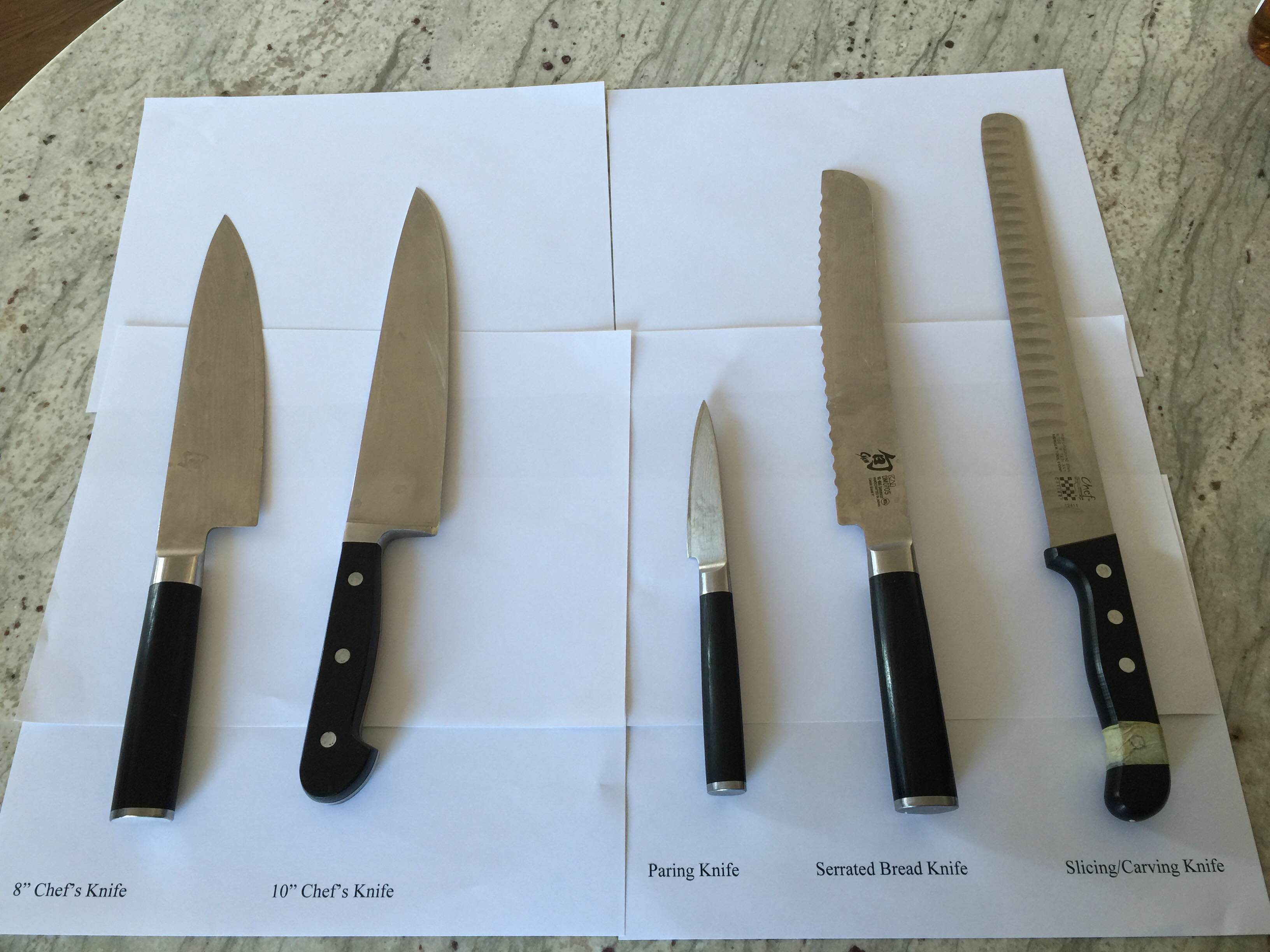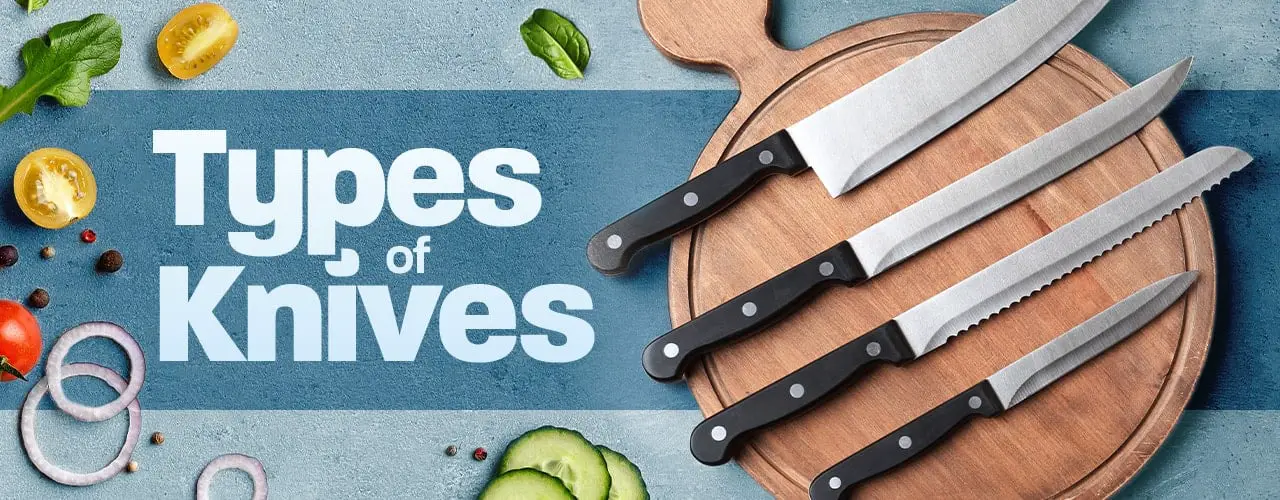A boning knife differs from a chef’s knife in its purpose and design. While both knives have sharp blades and are used for cutting meat, fish, and poultry, a boning knife is specifically designed for removing bones and skin from meat, while a chef’s knife is more versatile and used for various cutting tasks in the kitchen.
Boning knives have thinner and more flexible blades, allowing for precise maneuvering around bones and joints, while chef’s knives have thicker and sturdier blades for chopping, slicing, and dicing ingredients. Understanding the differences between these knives will help you choose the right tool for the specific task at hand in the kitchen.
1. Blade Shape And Design
A boning knife and a chef’s knife differ in their blade shape and design. Boning knives have a thicker, sturdier, and straighter blade, allowing for precise meat removal, cutting through connective tissue, and separating meat from fat or joints. On the other hand, chef’s knives have a versatile, curved blade that is ideal for slicing and chopping tasks.
While both knives have a sharp and curved tip, fillet knives, which are similar to boning knives, are more flexible and have a slender design that makes them ideal for removing scales and tiny bones from fish. Having both types of knives in your kitchen can help you tackle a variety of tasks efficiently.
2. Specific Uses And Functions
Boning knives are specifically designed for the task of removing meat from bones and joints, as well as cutting through connective tissue. Their blades are slightly flexible, allowing for maneuverability in tight spaces. On the other hand, chef’s knives are versatile tools that are ideal for slicing, dicing, chopping, and disjointing cuts of meat and vegetables.
They are commonly used by butchers or vendors to prepare prime meats, as well as for various culinary tasks such as slicing herbs and chopping nuts. Although both knives are used in the kitchen, they serve different purposes and have distinct blade designs.
While boning knives are thicker and sturdier, with a straighter blade, fillet knives are more flexible and feature a slender design that is perfect for removing scales and tiny bones from fish.
3. Handle And Grip
Boning knives often have a narrow, ergonomic handle for better control during precision tasks. On the other hand, chef’s knives generally have a wider handle for a comfortable grip during various cooking techniques. The handle and grip of a knife play a crucial role in ensuring safety and ease of use.
With a boning knife’s narrow handle, you can maneuver in small spaces between bones more efficiently. This allows for precise removal of meat from bones, cutting through connective tissues, and separating meat from fat or joints. In contrast, a chef’s knife’s wider handle provides a comfortable grip, making it suitable for tasks like chopping, slicing, and dicing.
Both types of knives have different handle designs to cater to their specific purposes and enhance their performance in the kitchen.

Credit: www.thechoppingblock.com
Conclusion
Boning knives and chef’s knives serve different purposes in the kitchen. While chef’s knives are versatile and commonly used for cutting prime meats, dicing vegetables, and chopping nuts, boning knives are specifically designed for separating meat from bones, removing skin, and cutting through connective tissues.
The blade of a boning knife is slightly flexible but thicker and sturdier than a fillet knife. When it comes to blade design, boning knives are straighter and thicker compared to the more flexible and slender fillet knives. Fillet knives are ideal for removing scales and tiny bones from fish, while boning knives excel at precision meat removal.
Fillet knives are a good alternative to boning knives as they have a thinner, more flexible blade, making it easier to cut close to the skin or bones. Understanding the differences between boning and chef’s knives is essential for any home cook or professional chef.
Choosing the right knife for the task at hand ensures efficient and precise cuts, leading to excellent culinary results. So, whether you’re deboning a chicken or preparing a delicious meal, having both a boning knife and a chef’s knife in your kitchen arsenal will definitely elevate your culinary skills.

This is Kristina, a passionate content writer, copywriter, and bookworm. Always dedicated to providing informative and accurate product reviews for enjoyable shopping. In my free time, I love spending time in nature and with animals and doing yoga.

